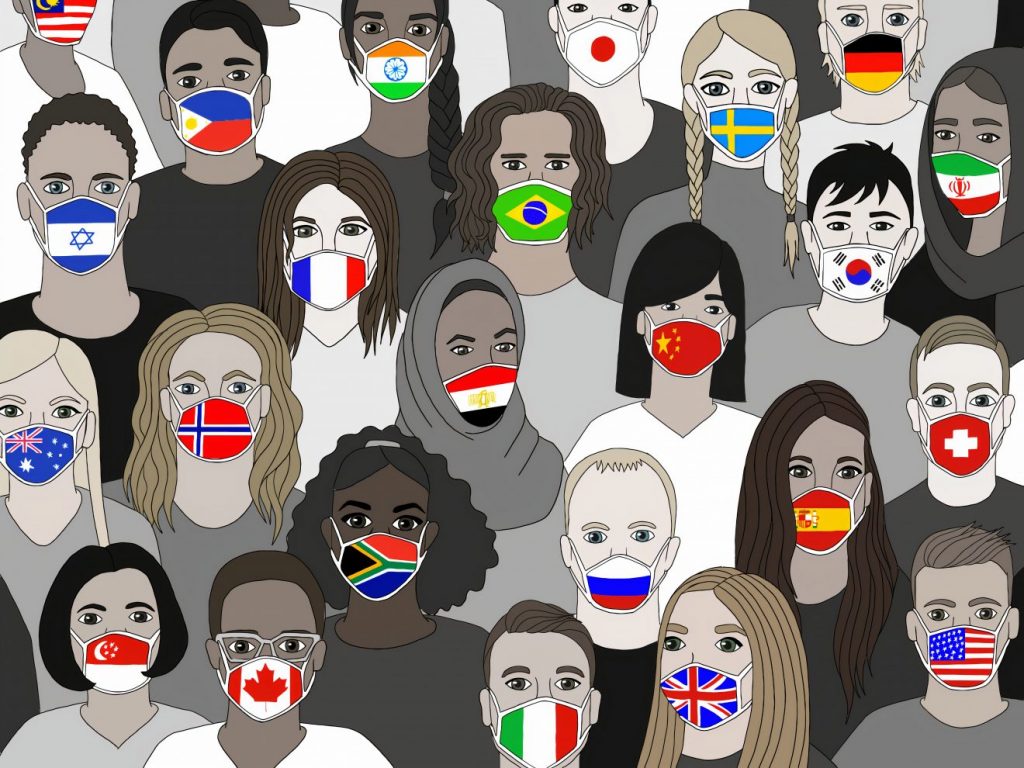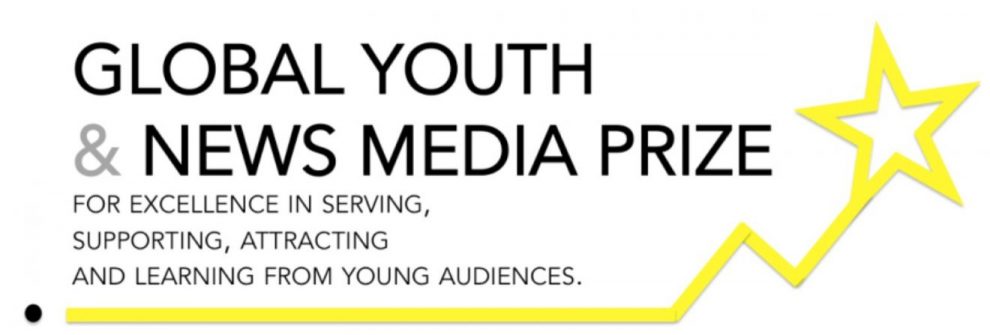The COVID-19 crisis has shed light on serious diseases that have seriously developed concurrently, on the top of which is the toxic information environment which spread quickly, deeply and dangerously. With all the downsides, such crises help more people see and recognize the importance of quality journalism as well as the need to involve and engage youth – most targeted by mis/dis-information and in true need to understand and appreciate information that helps them create opinions and make informed decisions
When addressing quality journalism and youth, it becomes essential to shed light on the work of the Global Youth and News Media Prize, founded by Aralynn McMane and Jo Weir in 2018, with the aim of honoring and recognizing the organizations that innovatively engage young generations with professional journalism.
The third edition of the Global Youth and News Media Prize 2021 will award initiatives from “any kind of news media on any platform and run by people of any age” as well as from the community of teachers and educators. There are three main award categories: The Journalism Award, this year focusing on “coverage for children” of the COVID-19 pandemic; The News/Media Literacy Award, dedicated to teachers who prepare future generations by emphasizing the role of journalism and the importance of press freedom; and The Planet Award, dedicated to “reporting or initiatives that effectively provide young audiences with information and hope for saving the planet” – more information about the last category will be available on May 1st.
Not only is the initiative focused on honoring and recognizing efforts through the provided awards, it further develops projects that reinforce its objectives. In 2020, the first steps were taken in an international project that aims at engaging and empowering youth through involving them in news reporting activities. The first action – the Teenage Reporting Project – COVID 19 – was a worldwide invitation to selected news organizations “to assign their teenage journalists to cover the untold stories of their counterparts who were helping during the COVID-19 pandemic” and the second – Teenage Reporting Project –Tolerance – was encouraging coverage that feature “Champions of tolerance” in youth’s lives.

When asked about the drive force behind creating that project, in an interview with AIKA, McMane highlighted how annoyed she was with the negative portrayal of youth as careless and irresponsible which is what mainly inspired her to present them in a positive frame; to showcase the untold rest of the story about how teenagers were actually helping during the pandemic. Due to McMane’s experience in similar projects she believed in its success given how “both young people and their adult mentors respond well“. McMane also emphasized that “the success of the operation depended fully on those editors and advisers who had fully dedicated themselves to helping young people learn how to do professional reporting.”
Honoring best practice, appreciating it and presenting collaboration efforts that aim at engaging youth, promoting quality journalism and freedom of speech are the driving force and the core of the Global Youth and News Media Prize. Such empowering initiative is a remedy to information chaos, targeting the educational ambit while addressing youth’s apathy and cynicism towards professional journalism.












Add Comment